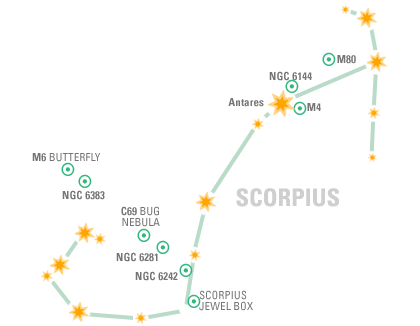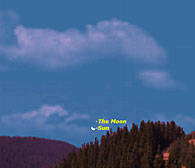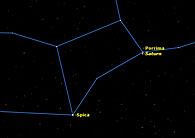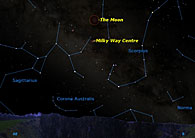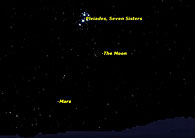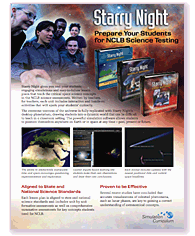 |
||||||||||||||||||||||||||||||||||||||||||||||||||||||||||||||||||||||||||||||||||||||||||||||||||
For education orders please call 1-877-290-8256. Welcome again to our monthly newsletter with features on exciting celestial and earth science events, product reviews, tips & tricks, and a monthly sky calendar. We hope you enjoy it!
Over the next month, the world will experience three eclipses: two partial solar eclipses a month apart and one total lunar eclipse exactly in between, and it all starts with a so-called "midnight" eclipse of the sun. A solar eclipse at midnight? How is such a thing possible? It can happen near midsummer in the high Arctic, the land of the midnight sun. And it will happen this week on June 1 and 2, visible in the northernmost reaches of North America, Europe, and Asia. These two solar eclipse sky maps available here detail what observers could see during some of the upcoming eclipses of the sun and moon in June. 'Midnight' solar eclipse of June 2 The eclipse begins on Thursday, June 2, at dawn in northern China and Siberia, then moves across the Arctic, crossing the International Date Line and ending in the early evening of Wednesday, June 1, in northeastern Canada. That’s right: The eclipse begins on Thursday and ends on Wednesday because of the International Date Line. Because observers in northern Russia and Scandinavia will be observing it over the North Pole, they will actually see it in what is, for them, the middle of the night of June 1 and 2.
Shortly before midnight on June 1 in Tromsø, Norway, Solar eclipse no one will see on July 1 Exactly a month later, on Friday, July 1, an equally bizarre eclipse will occur in the Antarctic. Because this is the southern winter, the sun will be below the horizon for almost all of Antarctica, except for a small uninhabited stretch of coast due south of Madagascar. The only place the eclipse will clear the horizon will be in a small area of the Southern Ocean, far to the south of South Africa. Chances are that this eclipse will be witnessed only by penguins and sea birds.
The eclipse no one will see: visible only from Lunar Eclipse of June 15 Exactly halfway in between these two partial solar eclipses, there will be a total eclipse of the moon on Wednesday, June 15. The eclipse will be visible for millions of people in Africa, the Middle East and southwestern Asia. It will be visible as the moon rises in the early evening in South America and Europe, and as the moon sets before dawn in eastern Asia and Australia. Unfortunately, it will not be visible anywhere at all in North America.
A total eclipse of the moon on Wednesday, June 15. Geoff Gaherty
June 1 this month is the date of New Moon, when amateur astronomers traditionally go in search of deep sky objects. Lets use Starry Night to plan an evening of observing. Clear nights are precious in the northeast where I live, so I like to have a plan in mind to take best advantage of my precious observing time. Twilight The first important question is, when does it get dark enough to see deep sky objects? There are three definitions of when twilight ends, based on when the Sun gets to a particular distance below the horizon. Civil twilight is when the Sun is 6 degrees below, nautical twilight 12 degrees below, and astronomical twilight, 18 degrees below. When trying to observe deep sky objects, only astronomical twilight will do. Starry Night lets you easily find the time when the Sun is at a certain point below the horizon. In the Find pane, select the Sun by checking its box, and click on the menu button to the left of its name and choose “Show Info.” Under “Position in Sky,” look at “Altitude.” Adjust the observing time until Altitude is close to –18°; that gives you the time of the end of astronomical twilight. For my location, 140 km. north of Toronto, Ontario, that time is 11:20 p.m. EDT. Saturn In fact, I will probably begin my observing session a bit earlier than that so that I will have enough light to set up my equipment, align my telescope’s computer, and spend a bit of time observing Saturn. Hey, I can never pass up a chance to look at Saturn! When I know I’m going to be looking at Saturn, I always use Starry Night to plot the positions of Saturn’s bright moons so that I can identify them. In the Find pane I turn on the bright moons (Titan, Rhea, Tethys, Dione, Iapetus, and Enceladus), switch to a white sky background (under the Options menu, to save ink). Since I’ll be observing with a diagonal, I flip the image horizontally (also under the Options menu). If I were observing with a Newtonian, I’d flip it both horizontally and vertically. I export it as a JPEG image and print it out to use at the eyepiece.
Messier’ Globulars My main targets for this evening will be some of the globular clusters in Messier’s Catalog. I can use Starry Night to put together a nice evening’s observing list. Open the Lists pane and click on “Add” under “Observing Lists.” Enter the search criteria and click the Find button. This produces a list of 22 objects, which you can then transfer to the “Current Observing List” window:
Click “OK” and then check all the objects in the List Viewer to mark them on the sky chart. At this point I like to print out a chart displaying my southern sky with a 90° field of view, to aid my planning.
The first thing I notice on this chart is that M68 is getting low in the southwest, and will soon set, so it should be my first priority. M3 and M53 are both past the meridian, so should be my next priority. Now might also be a good time to grab the Hercules Cluster because it is heading towards high overhead, which is always a difficult place to observe. I would then try to observe the remaining objects from west to east, going contrary to the way they are moving across the sky. I try to observe the southernmost objects first, since they will move most rapidly towards the west and set. This is a fairly simple list. As your deep sky observing progresses, you may compile lists of higher complexity. It may no longer be possible to simply eyeball the targets, and in that case, Starry Night lets you export observing lists as tab-delimited text files which can be imported into a spreadsheet or database program and manipulated in many ways. Detailed Charts Starry Night can also be used to prepare finder charts of specific objects. I particularly like its ability to print “3 Pane” charts. On this chart of the Hercules Cluster, I’ve thrown in NGC 6207 as a bonus: this nice little galaxy often gets overlooked when people are observing the Hercules Cluster. Geoff Gaherty
Galaxies are everywhere! Some 800 million light years from Earth, this 3-D plot of about 28 000 galaxies is centered on our solar system.
Although the distribution is not quite uniform, galaxies appear no matter in which direction we look. And yet observers are well aware of the fact that galaxies are more numerous in spring skies and are relatively rare on summer nights . How can this be? Let’s re-examine the 3-D plot from a different angle.
Aha! There appears to be a vertical rift where there are few, if any galaxies. This “Zone of Avoidance” originally puzzled astronomers since there seemed to be no good reason why galaxies are not more or less evenly distributed in space. This 3-D plot is found in Starry Night as the Tulley database. You can examine its three dimensional structure loading the file Tulley.snf and using the Location Scroller.
Now let’s examine a wide-field summer skyscape. From a dark location, the Milky Way is especially prominent since we’re looking towards the center of our home galaxy. The blue horizontal line represents the galactic equator. The glow from millions of distant stars near the plane of the Milky Way is blocked here and there by dark dust and gas. If we now plot galaxies visible from the Earth (shown in green below), we begin to see this Zone of Avoidance where few galaxies appear. And little wonder! Any galaxies would be hidden by the gas and dust of our own Milky Way.
Contrast this with a view far away from the galactic equator which northern hemisphere observers see in the spring. No longer blocked by gas and dust from our Milky Way, galaxies are as numerous as stars. So the mystery is solved. Visually, the galaxies of summer are few in number because their light is blocked by vast dust clouds in the spiral arms of our home galaxy.
Further Study
Use the file PlaneoftheMilkyWay.snf and in the Options panel check Deep Space>NGC - IC Database>Planetary Nebula to help you answer the questions. Answer to last month’s questions:
Herb Koller
Largest Globular Cluster in Our Galaxy Omega Centauri is the biggest and brightest globular cluster seen from Earth. It may contain over 10 million stars and is as massive as a small galaxy. Pedro Braganca
For those of us in mid-northern latitudes, it's probably best to start low; the underbelly of Scorpius skirts the southern horizon, making observation tricky. The Scorpius Jewel Box is actually two open clusters in close proximity: the top one loose, and the lower one tight. A great binocular target. NGC 6242 is an open cluster, and NGC 6281 is an open cluster with nebulosity. C69 or "The Bug Nebula" (aka NGC 6302) is an interesting planetary which looks, at first glance, like a galaxy. The western side of the nebula has a prominent lobe with a tapered end while the eastern side is noticeably blunt. NGC 6383 is a dim, wide cluster with nebulosity. M6 is a bright and obvious open cluster which makes for an easy binocular target. Telescopes show rich detail and M6 is seen to be aptly named, "The Butterfly Cluster". Three globular clusters sit close to Antares. M4 and M80 are well known, but a challenge is NGC 6144 because it sits so close to the 1st Mag red supergiant. Antares itself is 600 lightyears away and glows with a luminosity 12,000 times greater than our own sun. This area rewards binocular users generously. There are seemingly endless textures, patterns, star clusters and odd little clouds, all of which are well within the grasp of even basic optical aids. Sean O'Dwyer
|
JUN 2011
|
|||||||||||||||||||||||||||||||||||||||||||||||||||||||||||||||||||||||||||||||||||||||||||||||||

|
||||||||||||||||||||||||||||||||||||||||||||||||||||||||||||||||||||||||||||||||||||||||||||||||||
|
||||||||||||||||||||||||||||||||||||||||||||||||||||||||||||||||||||||||||||||||||||||||||||||||||
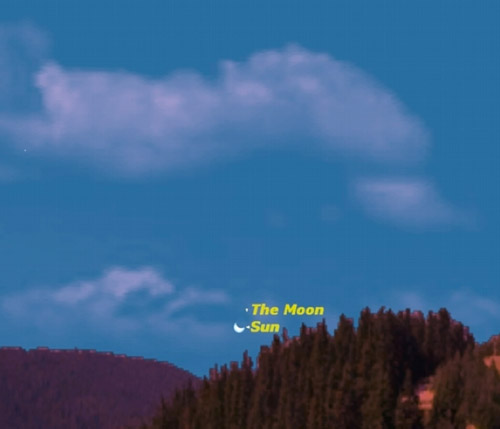
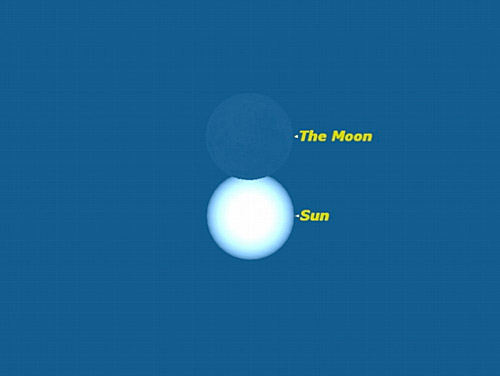
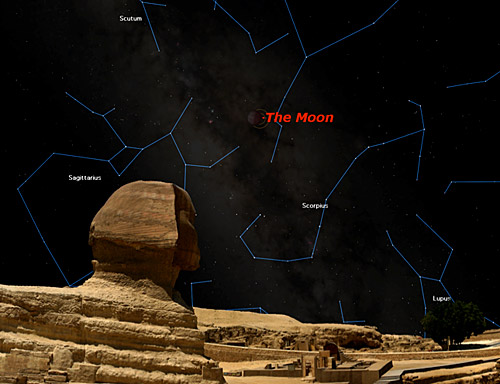
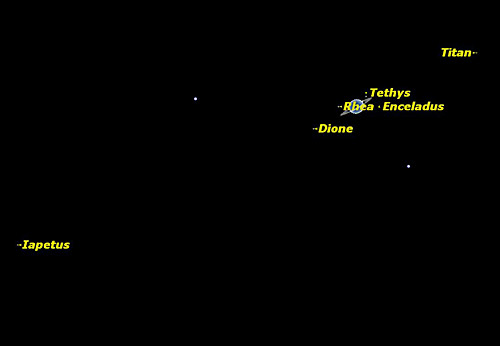
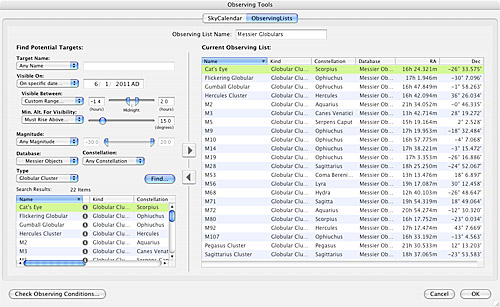
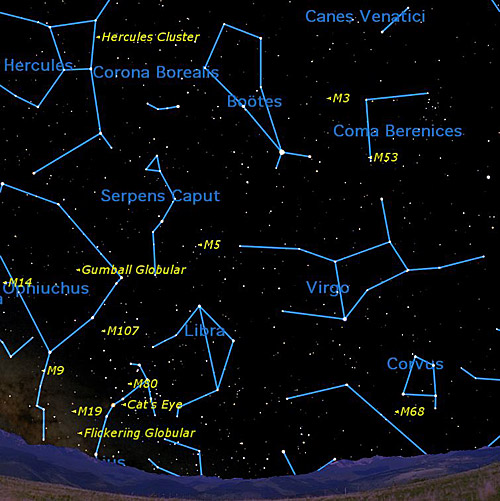
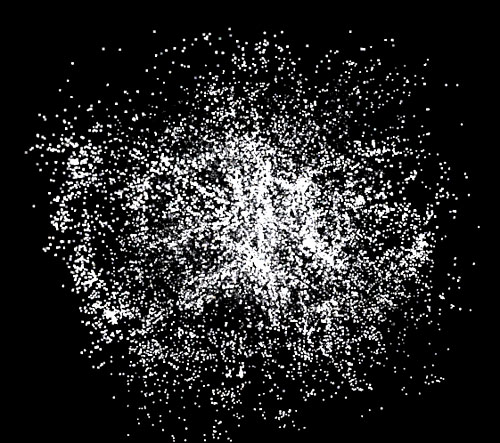
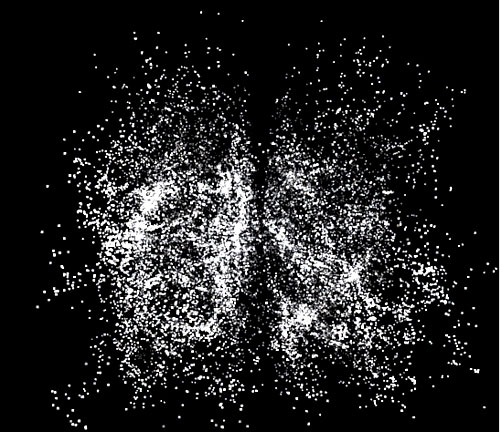
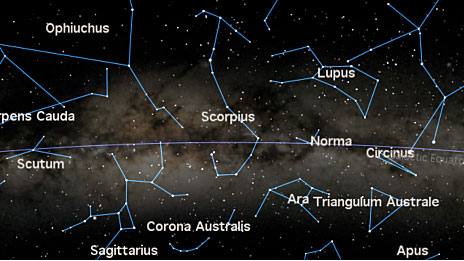
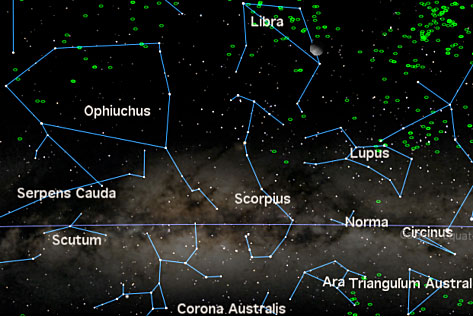
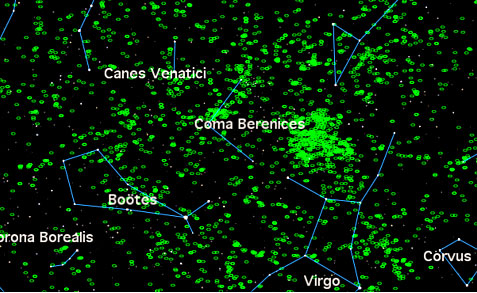
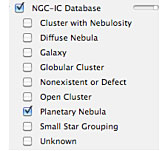 Where would you expect to find most planetary nebulas -- near the plane of the Milky Way or far away from the plane? Why?
Where would you expect to find most planetary nebulas -- near the plane of the Milky Way or far away from the plane? Why?